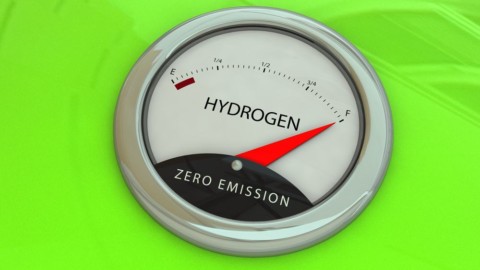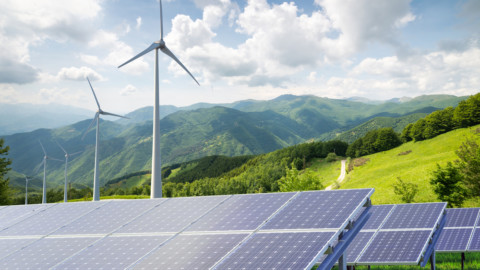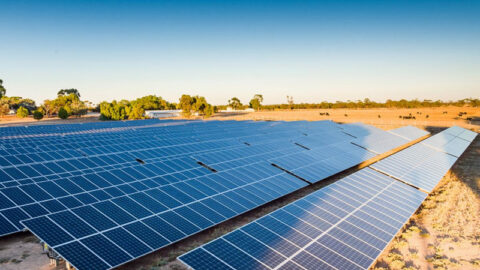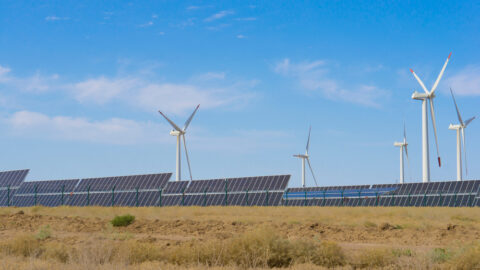The Australian Energy Market Operator (AEMO) has issued the 2023 Gas Statement of Opportunities (GSOO) report, outlining whilst customer demand will be met in certain regions, some states remain under risk from short-term shortfalls and long-term supply gaps.
The GSOO found that existing, committed and anticipated natural gas production will meet customer demand until 2027 in central and eastern Australia. However, supply risks this winter remain in New South Wales, the Australian Capital Territory, Victoria, South Australia and Tasmania under certain conditions.
The report – incorporating input from gas producers and operators of gas processing facilities, pipelines and storage facilities – also reaffirms the important role gas-fired generation will play in reducing emissions and bolstering electricity reliability as the power system transitions from coal to intermittent renewable generation.
Complementing the GSOO is AEMO’s Victorian Gas Planning Report (VGPR), which provides a five-year assessment of the supply demand balance in Victoria’s Declared Transmission System (DTS).
AEMO CEO, Daniel Westerman, said the short-term gas shortfall risks and long-term supply gaps, due to declining production in southern Australia, continue from the 2022 GSOO.
“The risk of gas shortfalls each year from winter 2023 to 2026 in all southern jurisdictions remains under extreme weather conditions and periods of high gas-powered electricity generation, with those risks further exacerbated if gas storage levels are insufficient,” Mr Westerman said.
“Overall, the gas supply adequacy challenges reported in the 2022 GSOO remain, driven by the continued decline of production in the Gippsland region, along with pipeline capacity limitations, including capacity to transport gas to the southern states.
“While production capacity commitments have increased for 2023 compared to the 2022 GSOO and several key infrastructure projects are on track for delivery, there is forecast to be a 16 per cent reduction in production capacity this winter compared to 2022 in Victoria, which increases supply pressure in the southern regions.”
Committed upgrades to the Moomba to Sydney Pipeline and the South West Queensland Pipeline will increase the system’s capacity to deliver gas from Queensland to consumers in the southern regions of New South Wales, Australian Capital Territory, South Australia, Victoria and Tasmania.
In Victoria, the new Western Outer Ring Main pipeline and Winchelsea compressor duplication will increase the South West Pipeline capacity, improving the capability to use the Iona gas storage facility to supply Melbourne.
“To minimise shortfall risks, committed infrastructure and supply projects must be completed on time, while demand-side solutions, additional gas storage and pipeline development, and liquified natural gas (LNG) import terminals could potentially play a role,” Mr Westerman said.
“Investments are needed in the near term to ensure operational solutions from 2027, despite falling gas consumption.
“Existing instruments, such as the heads of agreement with LNG exporters, which includes the Gas Supply Guarantee, to offer additional gas into the east coast domestic market in 2023 will help in managing supply adequacy.”
Australia’s energy ministers announced the extension of AEMO’s powers to monitor, signal and manage east coast supply shortfalls that will come into effect for winter 2023.
These new powers will help reduce security and reliability risks in both gas and electricity markets, while protecting domestic gas consumers.
The GSOO also reinforces the increasing interdependence between electricity, gas and potential future hydrogen systems and markets in navigating the transition towards net zero emissions.
“Gas availability impacts the security of the National Electricity Market (NEM), and operation of the NEM has an impact on gas demand. The two markets are joined at the hip, what happens in one impacts the other,” Mr Westerman said.
“Gas generation will enable higher rates of renewables and support the power system against the degrading performance and impending retirement of coal generation.
“Annual gas consumption and summer maximum gas demand is expected to reduce and then flatten in the longer term. However, winter maximum gas daily demand for power generation is forecast to nearly double from 2023 to 2042, due in part to the electrification of heating.”
Looking ahead to winter in the NEM, an additional 2,000MWof new wind and grid-scale solar generation and battery storage capacity has been added in the twelve months to February 2023.
This will help offset known winter generation unavailability, including Callide C (Queensland), as well as the retirement of the remaining three generation units at the Liddell Power Station (New South Wales) in April 2023.
In addition, current inventory at the southern gas storage facilities is generally favourable against historic levels. Iona is near full capacity at 98 per cent, Dandenong is at 58 per cent and Newcastle at 24 per cent.
Dandenong storage is expected to be at full capacity prior to winter due to a recent rule change that requires AEMO to contract any uncontracted capacity, to ensure Dandenong is full prior to winter from 2023 until after winter 2025.
















